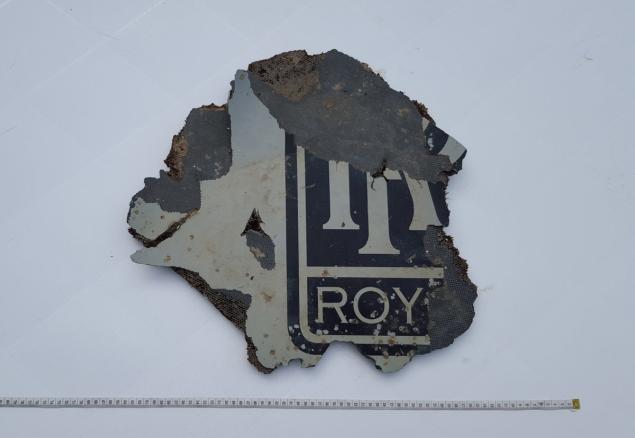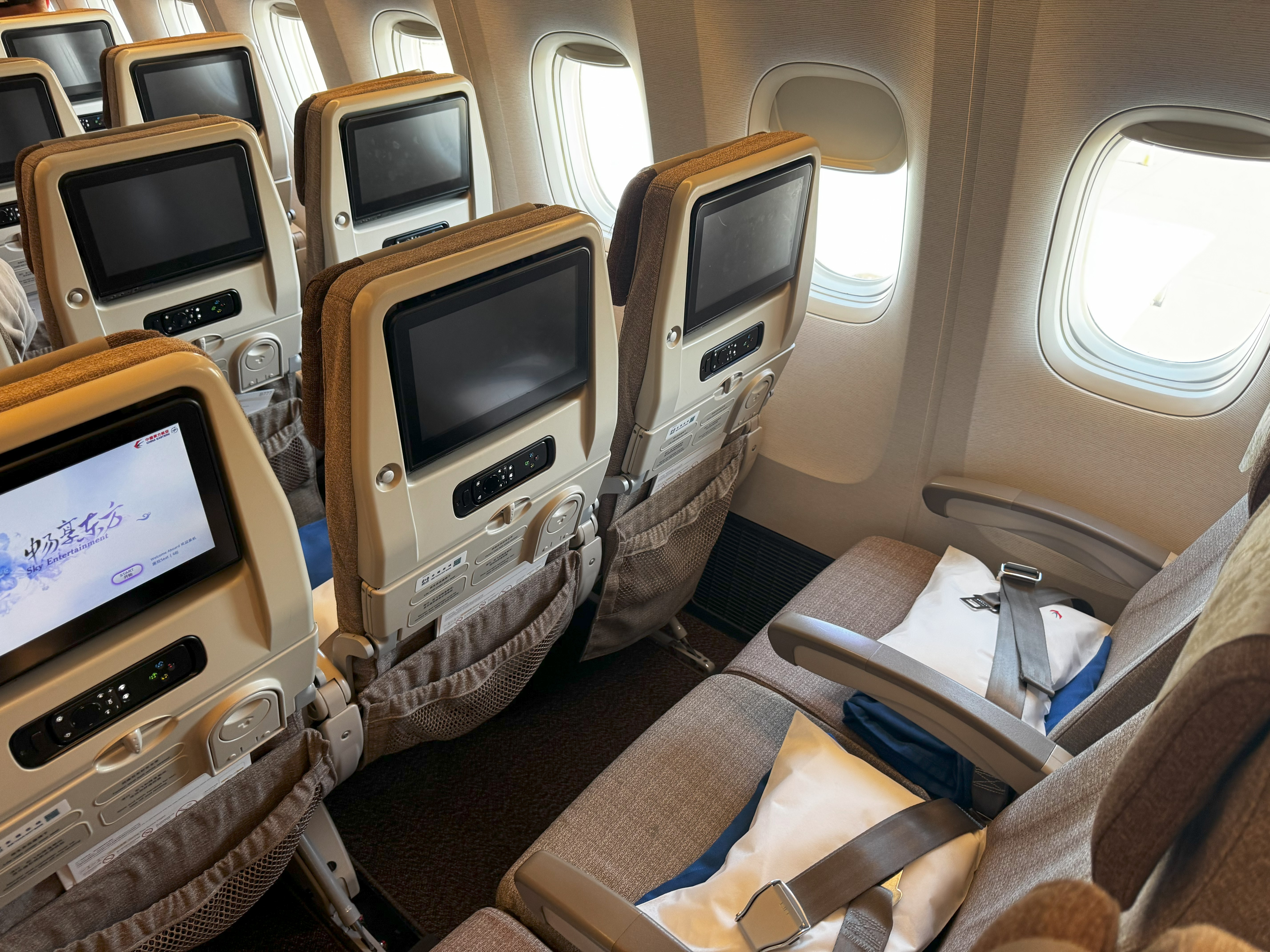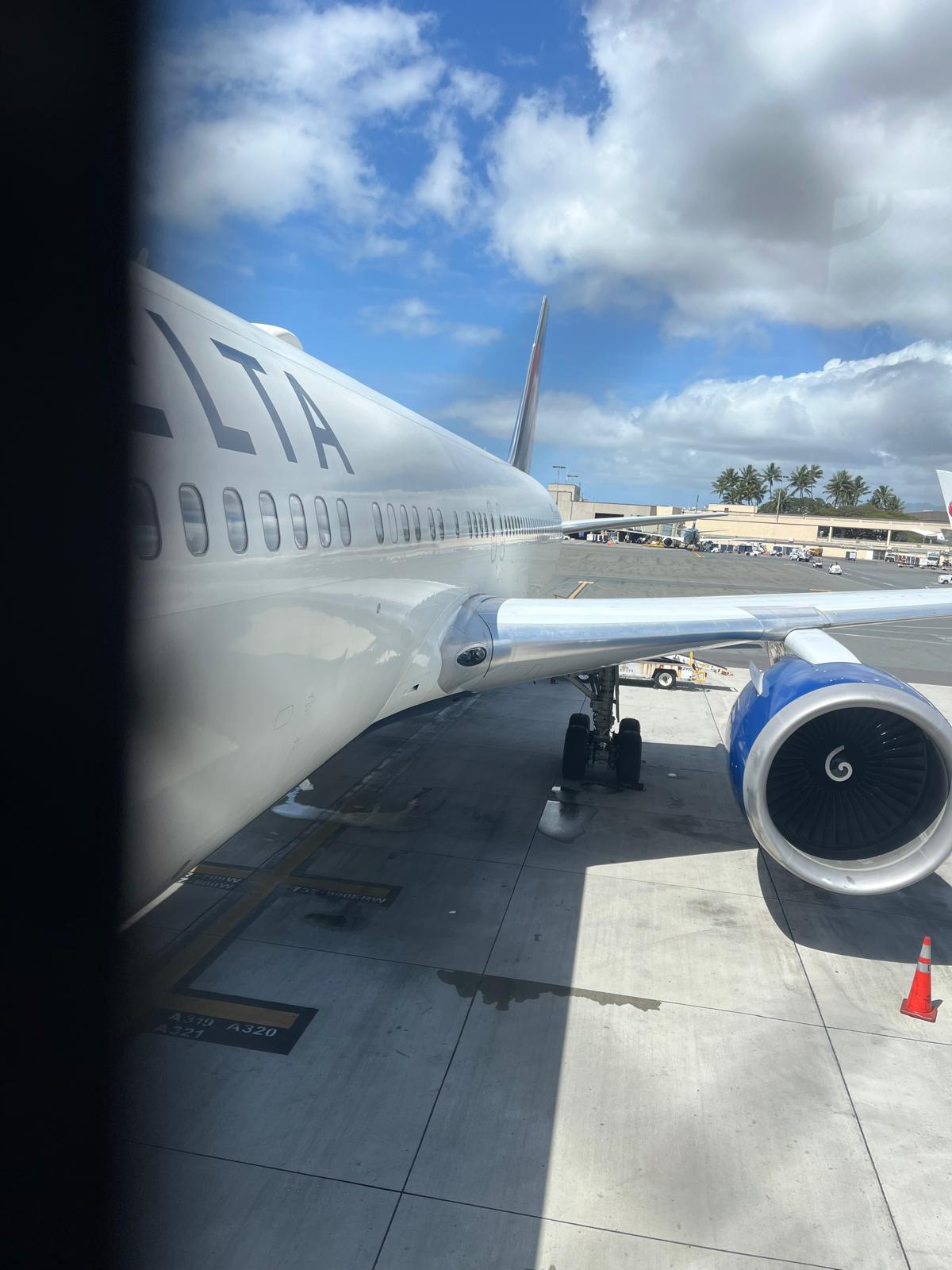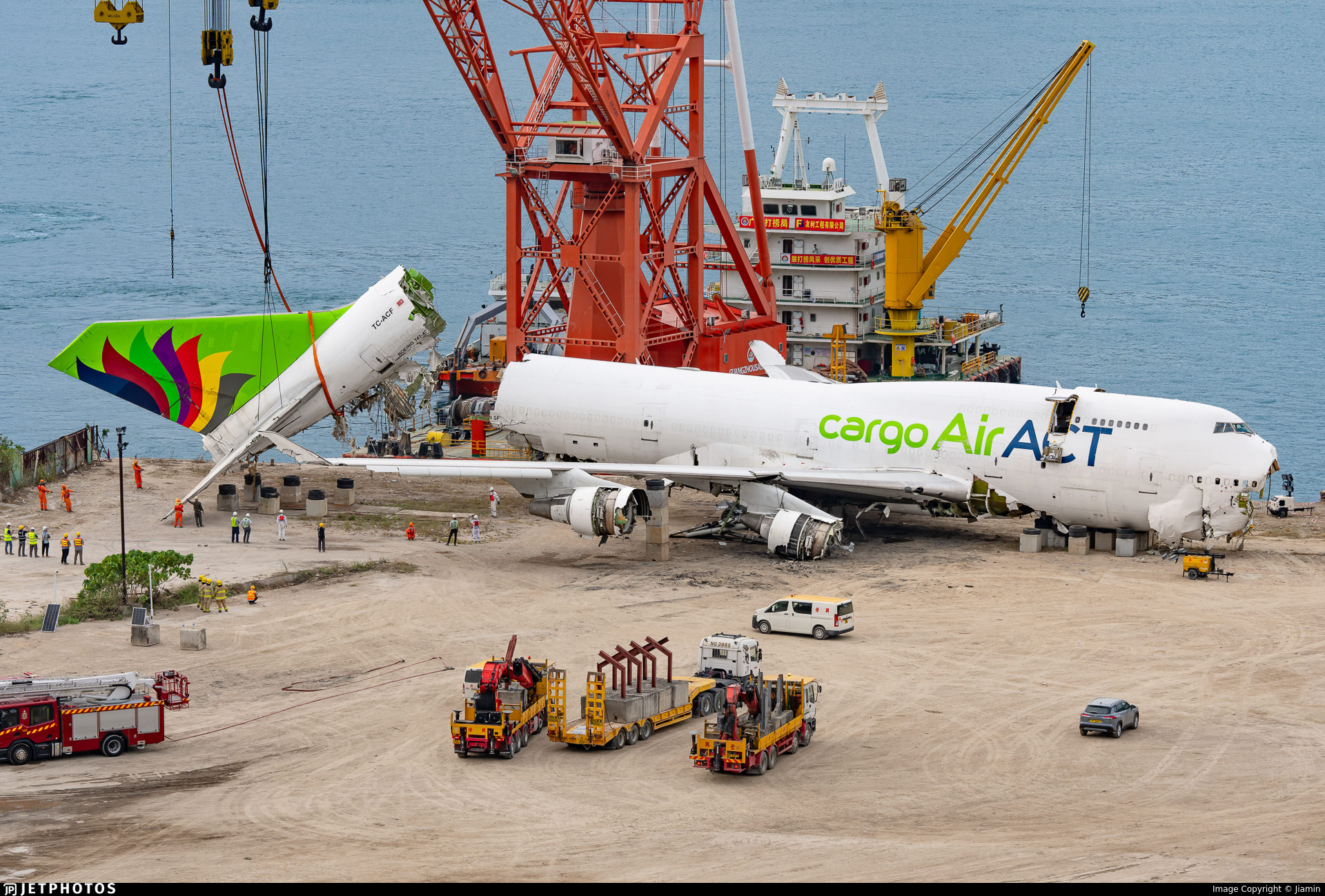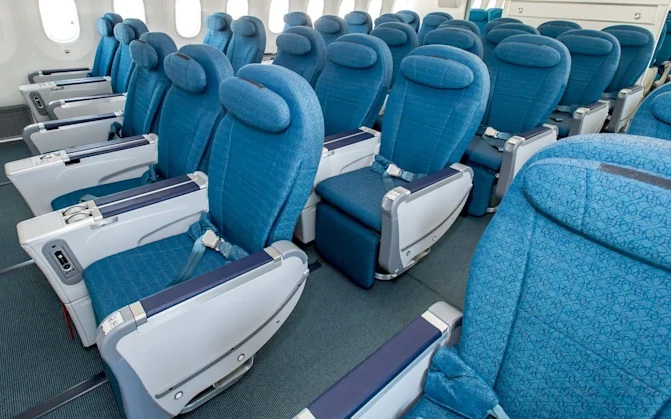
By Geoffrey Thomas
Published Tue Mar 22 2016
Another piece of possible wreckage from MH370 has been discovered on a South African beach by an archaeologist.
The piece with the Rolls Royce logo on it is clearly off an aircraft engine cowling which would float and it also is painted ion the same Malaysia Airlines grey colouring.
The Malaysian Transport Minister Liow Tiong Lai said that “based on early reports, there is a possibility of the piece originating from an inlet cowling of an aircraft engine.”
“A team will be dispatched to retrieve the debris,” Mr Liow said.
Debris proves MH370 did not have controlled landing
Neels Kruger said that on Monday he was walking along a lagoon near the town of Mossel Bay, when he spotted the object that did not suit the natural surroundings.
“Being an archaeologist I’m always looking for things with my nose to the ground,” the 35-year-old told South African media.
He said that he recognized the brown honeycomb structure from photos of other pieces of MH370 debris.
“When I flipped it around, I didn’t know immediately what it was but just thought, ‘Oh my word!”’ he told The Associated Press in a telephone interview.
MH370 was carrying 239 people on a flight from Kula Lumpur to Beijing when it vanished on March 8, 2014.
Two more possible pieces of debris discovered in Mozambique are currently in Canberra being examined by the Australian Transport Safety Bureau but another found on Reunion Island has been dismissed.
Two pieces of debris found in Mozambique arrived in Canberra, Australia, on March 20 for
examination.
The Australian ATSB reports as follows:
The examination team includes investigators from Australia and Malaysia, along
with specialists from Boeing, Geoscience Australia, and the Australian National University.
Procedures appropriate to maintain the integrity of this potential evidence have been followed.
The items have been treated at Geoscience Australia’s quarantine-approved facilities. The pieces were visually examined to remove all visible macrofauna and then rinsed, submerged and agitated in water to capture any loose fauna. All water was then passed through a series of sieves with any possible macrofauna retained. The sieved material will then be sorted and possible biological material identified. The items were released from quarantine once they were thoroughly cleaned and all visible signs of possible contamination removed.
Specialists from the Research School of Physics and Engineering at the Australian National
University are assisting with the examination. The items have been x-rayed using an advanced scanning facility developed by the university.
Other technical specialists are conducting an examination which will include seeking to identify specific features that may be consistent with the items coming from an aircraft, and if possible, from MH370.
A statement on the findings will be made once the examination process is complete.
